United States of America National Anthem for Symphony Orchestra (KT Olympic Anthem Series)
 Instant Download
Instant Download
Details
Description
SKU: A0.746863
Composed by John Stafford Smith (30 March 1750 – 21 September 1836). Arranged by Keith Terrett. 20th Century,Multicultural,Patriotic,World. 30 pages. Keith Terrett #4764027. Published by Keith Terrett (A0.746863).The national anthem of the USA arranged for The Orchestre national d'Île-de-France There are also versions for Brass Quintet & String Orchestra in my stores.
"The Star-Spangled Banner" is the national anthem of the United States. The lyrics come from the Defence of Fort M'Henry, a poem written on September 14, 1814, by the then 35-year-old lawyer and amateur poet Francis Scott Key after witnessing the bombardment of Fort McHenry by British ships of the Royal Navy in Baltimore Harbor during the Battle of Baltimore in the War of 1812. Key was inspired by the large U.S. flag, with 15 stars and 15 stripes, known as the Star-Spangled Banner, flying triumphantly above the fort during the U.S. victory.
The poem was set to the tune of a popular British song written by John Stafford Smith for the Anacreontic Society, a men's social club in London. "To Anacreon in Heaven" (or "The Anacreontic Song"), with various lyrics, was already popular in the United States. Set to Key's poem and renamed "The Star-Spangled Banner", it soon became a well-known U.S. patriotic song. With a range of 19 semitones, it is known for being very difficult to sing. Although the poem has four stanzas, only the first is commonly sung today.
"The Star-Spangled Banner" was recognized for official use by the United States Navy in 1889, and by U.S. President Woodrow Wilson in 1916, and was made the national anthem by a congressional resolution on March 3, 1931 (46 Stat. 1508, codified at 36 U.S.C. § 301), which was signed by President Herbert Hoover.
Before 1931, other songs served as the hymns of U.S. officialdom. "Hail, Columbia" served this purpose at official functions for most of the 19th century. "My Country, 'Tis of Thee", whose melody is identical to "God Save the Queen", the United Kingdom's national anthem, also served as a de facto national anthem. Following the War of 1812 and subsequent U.S. wars, other songs emerged to compete for popularity at public events, among them "America the Beautiful", which itself was being considered before 1931, as a candidate to become the national anthem of the United States.
John Stafford Smith (30 March 1750 – 21 September 1836) was a British composer, church organist, and early musicologist. He was one of the first serious collectors of manuscripts of works by Johann Sebastian Bach.
Stafford Smith is best known for writing the music for "The Anacreontic Song", which became the tune for the US patriotic song "The Star-Spangled Banner" following the War of 1812, and in 1931 was adopted as the national anthem of the United States.
Love anthems, then join me on twitter, instagram, facebook & soundcloud for updates.
This product was created by a member of ArrangeMe, Hal Leonard’s global self-publishing community of independent composers, arrangers, and songwriters. ArrangeMe allows for the publication of unique arrangements of both popular titles and original compositions from a wide variety of voices and backgrounds.
Digital Downloads are downloadable sheet music files that can be viewed directly on your computer, tablet or mobile device. Once you download your digital sheet music, you can view and print it at home, school, or anywhere you want to make music, and you don’t have to be connected to the internet. Just purchase, download and play!
PLEASE NOTE: Your Digital Download will have a watermark at the bottom of each page that will include your name, purchase date and number of copies purchased. You are only authorized to print the number of copies that you have purchased. You may not digitally distribute or print more copies than purchased for use (i.e., you may not print or digitally distribute individual copies to friends or students).
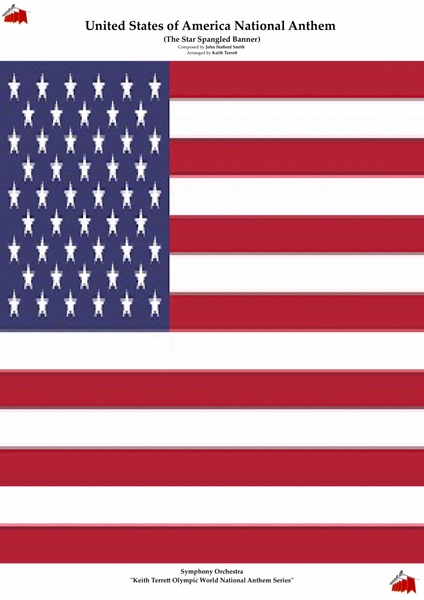
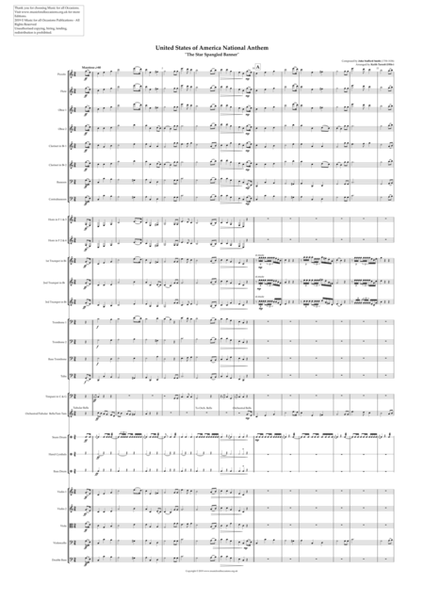
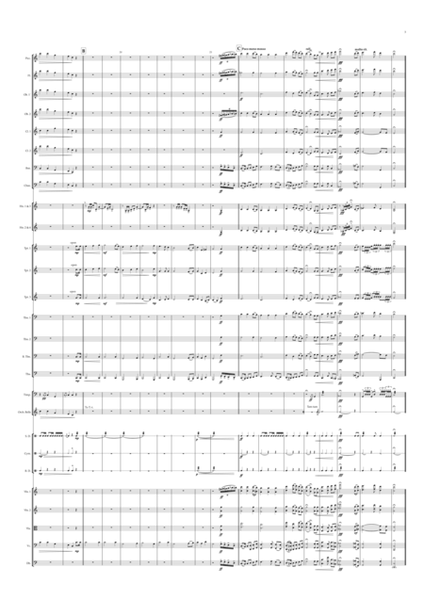
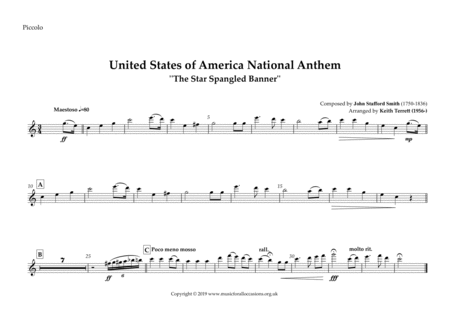
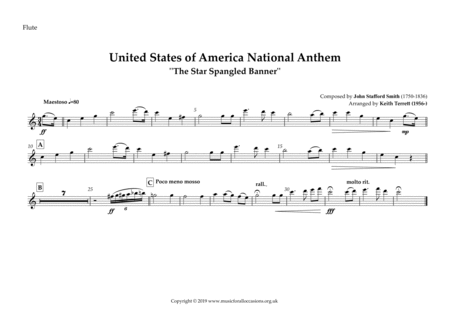
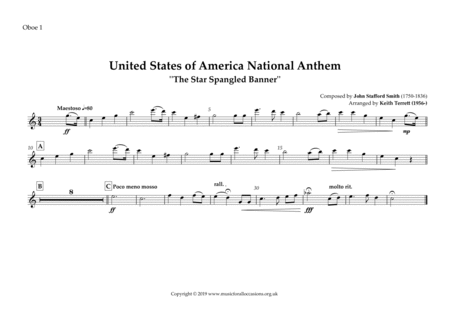
 Share
Share